Education about safer sex often presumes everyone’s gender is the same as the sex they were assigned at birth. Resources often use videos, pictures and diagrams that don’t reflect or provide information about same-sex and queer relationships.
These guides often refer to body parts as being “male parts” and “female parts”, whereas many people don’t see body parts as having a gender, but that people have a gender. Resources also often refer to “sex with women” or “sex with men,” excluding those who identify as nonbinary.
Without inclusivity, your experience is less visible. You can be left with more questions than you have answered. This can also leave you at more risk, because if your experience is not mirrored, you may not get the information you need to keep yourself safe sexually.
You need information that meets your needs because practicing safer sex and protecting yourself increases the chances you and your sex partners stay STI-free. It’s also a way that you can practice self-care and self-love.
Low or no data? Visit zero.govt.nz, scroll down the page then click on our logo to return to our site and browse for free.
Safer sex for rainbow youth
Key points about safer sex for rainbow youth
- Just like any group, people who identify as rainbow youth need appropriate information that supports your sexual health and wellbeing.
- Unfortunately, traditional safer sex guides aren’t always inclusive enough to be relevant to your needs.
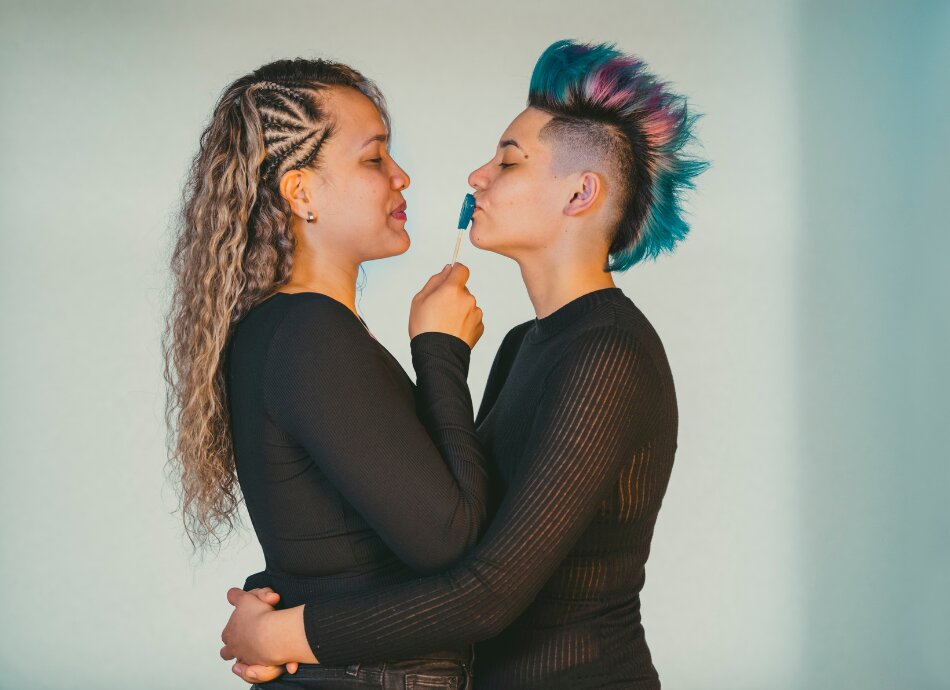
Regardless of gender or sexual identity, safer sex includes being well informed about issues of consent and taking care of your sexual health.
Being ready and issues of consent
If you’re thinking of having sex with someone, here are some good things to think about first:
- Why do you want to have sex with this person? Do you feel ready and want this or are you feeling pressured?
- How do you feel about the person you want to have sex with? Do you feel safe with them and respected by them?
- Can you talk to them about what you both want, including how to stay safe?
- If you wanted to stop, would you know how to say so?
- Would they stop if you felt uncomfortable?
Sexual health
Safer sex means caring for both your own health and the health of your partner. Safer sex protects you from getting, or passing on, sexually transmitted infections (STIs). Although some STIS can be cured, others, such as HIV and herpes, can’t.
Practising safer sex includes:
- talking about safer sex with a sexual partner before you have sex with them
- always using a condom or dental dam if you have vaginal, oral or anal sex
- saying no if your partner won’t use a condom or dental dam
- not having sex (even with a condom or dental dam) if your partner has a visible sore, ulcer or lump on their genitals or anal area
- using condoms on sex toys and washing them afterwards
- getting tested if you may have been exposed to an STI.
Some LGBT people can get pregnant, so contraceptive use may be an important consideration if you are having sex that puts you at risk of pregnancy and you do not wish to become pregnant.
Resources aimed at rainbow youth are still limited. However, the following provide more details about safer sex in a more inclusive way.
This LGBTQIA safe sex guide(external link) by Healthline (US) is aimed at understanding the nuanced, complex and diverse gender identities, sexual orientation, attractions and experiences that exist in the LGBTQIA communities.
Villainesse has produced a range of videos and other resources that incorporate issues for rainbow youth as part of the topics covered not just in the gender identity video. You can find them at The Real Sex Talk (Facebook page)(external link)
The Lesbian, Gay, Bisexual, Transgender, Queer Plus (LGBTQ+) Resource Center (US) has produced LGBTQ resources that include sex education and safer sex info(external link)
One Love has written an article on the 7 things they should’ve taught you in sex-ed but didn’t(external link) and the Huffington Post (US) wrote one on what an LGBTQ-inclusive sex education would have taught you(external link).
There is specialised support available, and lots of people just like you who can help if you have questions about safer sex.
Rainbow Youth(external link) is an Auckland-based organisation that provides information, advocacy and education for queer young people, their friends and whānau.
Ending HIV(external link) offers a combination of tools to gay and bi guys to prevent HIV transmissions. Men (cis or trans) who have sex with men can order condoms for free from their site and they’ll be mailed in unmarked envelopes.
OUTline(external link) is a national telephone counselling and information support service for gay, lesbian, transgender, takataapui and bisexual people. It operates from 10 am–10 pm Monday to Friday and 5 pm –10 pm on weekends. Call from Auckland 09 309 3268 or outside of Auckland 0800 OUTLINE (0800 688 5463).
Gender Minorities Aotearoa(external link) is a cross-cultural and transgender-led national organisation. They assist transgender, intersex and takataapui people in having choices about their lives and their bodies, and in getting the things they need for wellbeing.
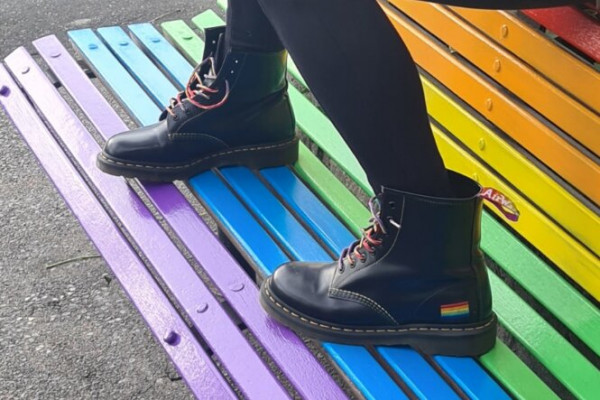
Image credit: Healthify
The following links provide further information about safer sex. Be aware that websites from other countries may have information that differs from New Zealand recommendations, and that these New Zealand websites have some useful information, but it is not all inclusive.
Being safer sexually(external link) includes information about safer sex, how to use a condom and details of different STIs, including symptoms. HealthEd, NZ, 2010
What does safer sex mean?(external link) includes links to useful resources, statistics, useful websites etc. Just the Facts, NZ
Sex(external link) includes information on safer sex, STIS and more. Youthline, NZ
Safer sex(external link) discusses the four C's: consent, contraception, condoms and checks (STI). Sexual Wellbeing Aotearoa
Resources
Accessing gender-affirming care in Aotearoa(external link) RainbowYOUTH, NZ, 2019
Trans youth sexual health booklet(external link) Gendered Intelligence, UK, 2012
Should I have a sexual health check?(external link) Health Ed, NZ, 2010
Brochures
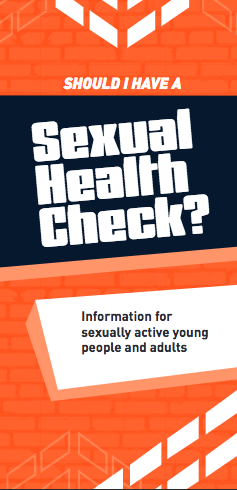
Health Ed, NZ, 2010
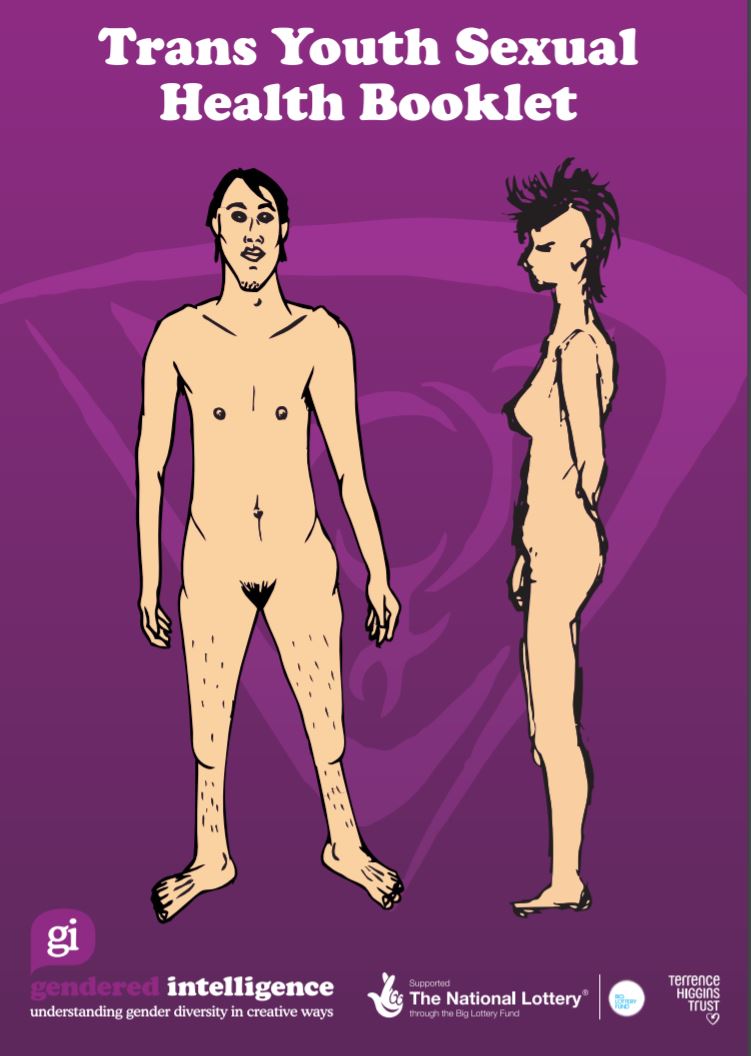
Gendered Intelligence, UK, 2012
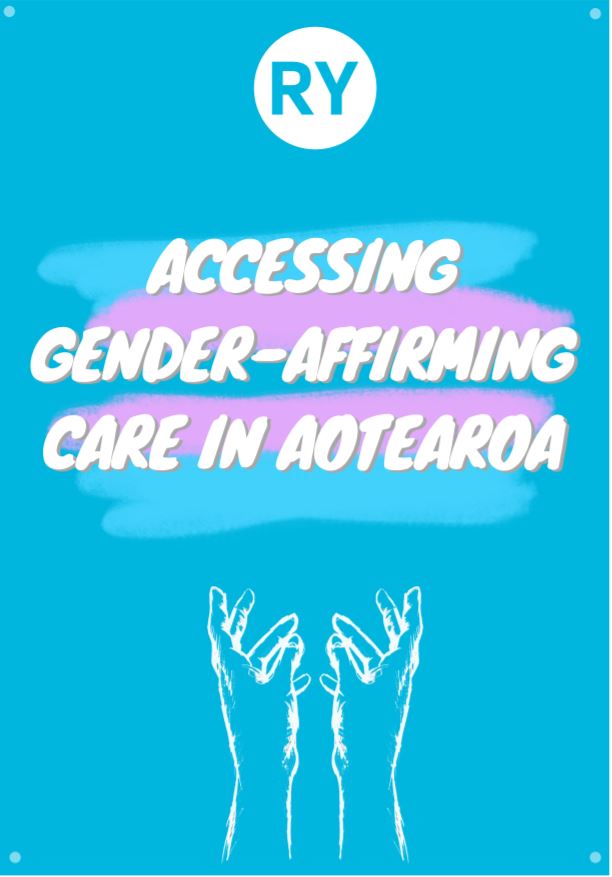
RainbowYOUTH, NZ, 2019
Credits: Healthify Editorial Team. Healthify is brought to you by Health Navigator Charitable Trust.
Page last updated:





